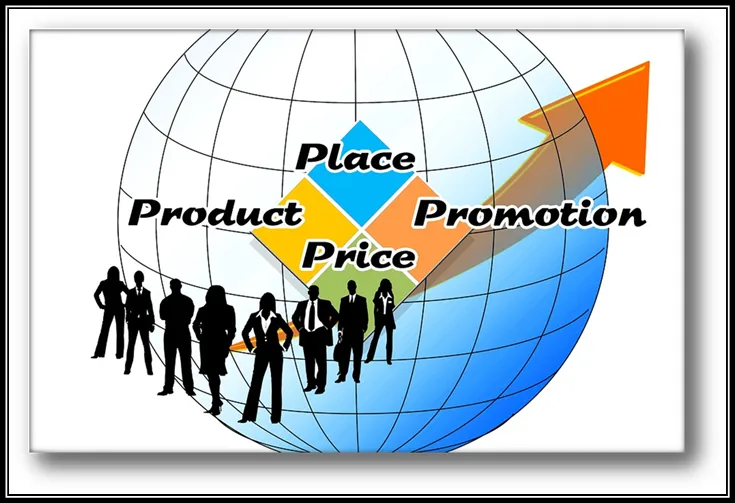According to Guerrien and Pare (2008), supply refers to the price placed on a product in order to increase the sales volume of the business. On the other hand, the same authors point out that demand is the product with the most outlets and is where consumers would be willing to pay any price to obtain it.

In this sense the supply and demand is where the merchant evaluates a number of products that have little output of the business and places promotions that somehow could draw the attention of customers, could also determine the products that have continuous outputs. For those products that remain stagnant in the inventory and it is a little difficult to get out of them, offers are made that can benefit the customer and in turn the business because if the product is about to expire and could harm both the inventory and net profits.
In this sense, we can say that in some way this system favors the consumer since, through offers and promotions, customers can acquire products that can satisfy certain needs at better prices. Also, due to so much competition, businesses have had to maintain prices and offer quality products, which favors the consumer because prices have been maintained over time and they can purchase them easily.
Finally, supply and demand seeks to satisfy the needs of consumers, since they can obtain products or services at better prices and also obtain any type of product they need at slightly higher prices according to the demand. Likewise, the idea is always to satisfy the customer's needs in order to improve our economy through the commercialization or distribution of any product or service, both basic necessities and those considered as sumptuous expenses.
| Bibliographic references |
|---|
Guerrien, G. Parel, V. (2008). Some reflections on what is taught in economics. Sorbonne University, Paris I, Panthéon.


